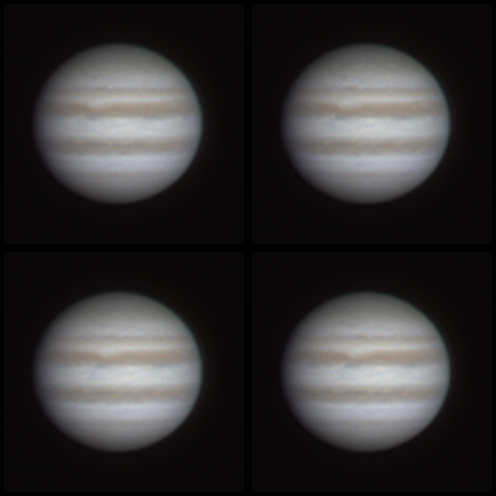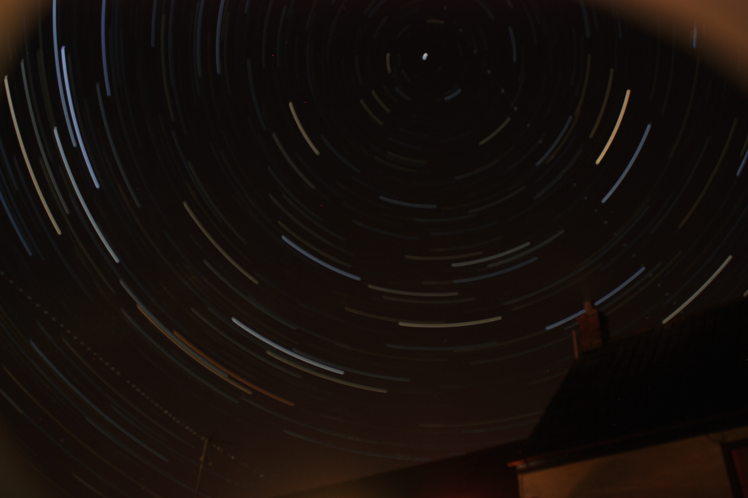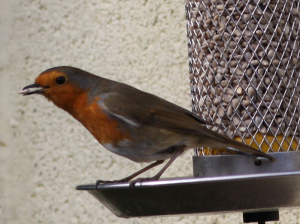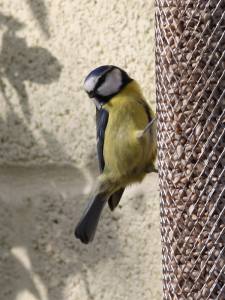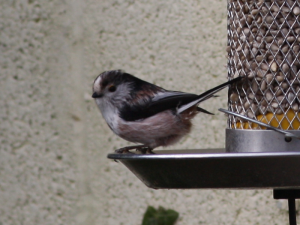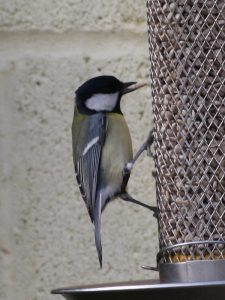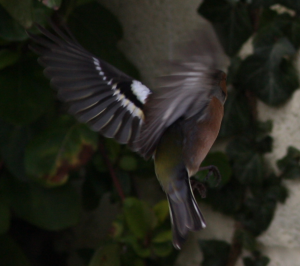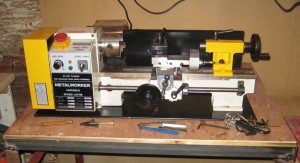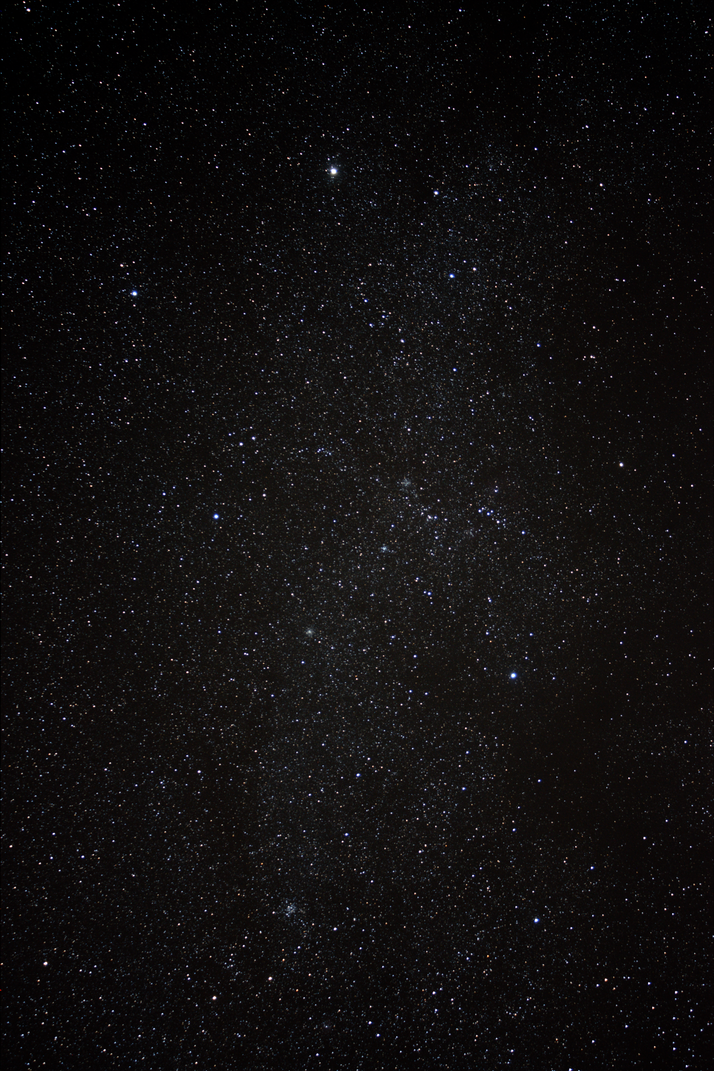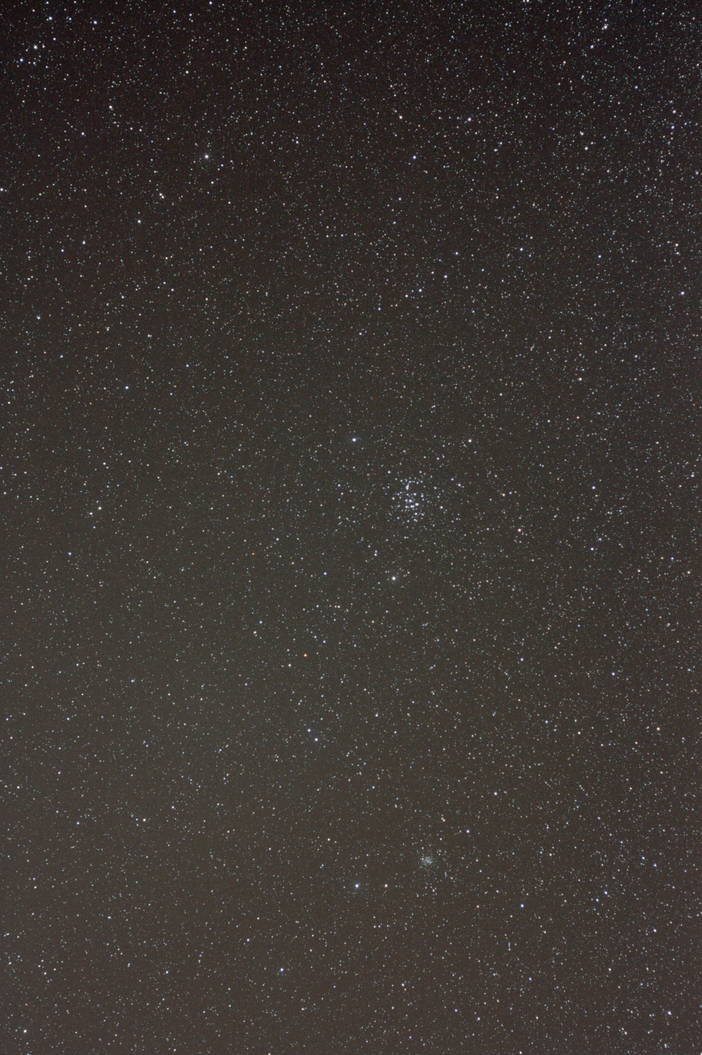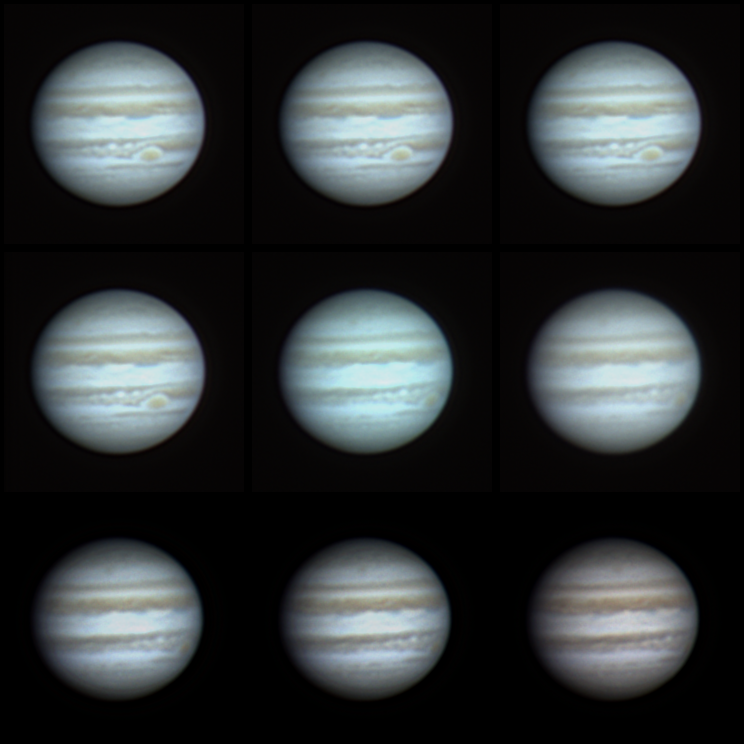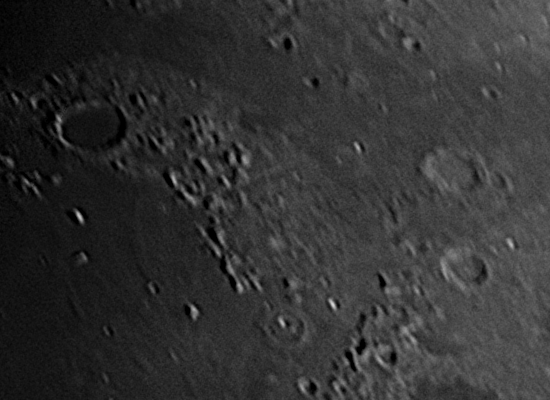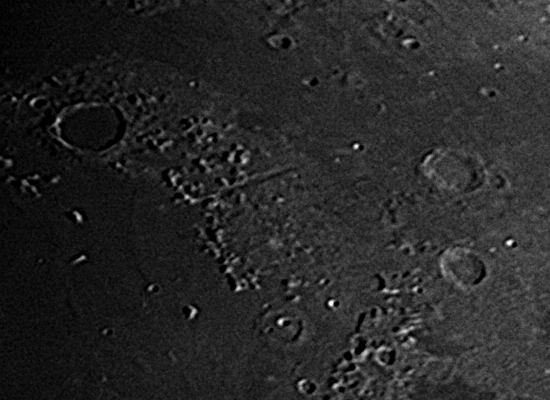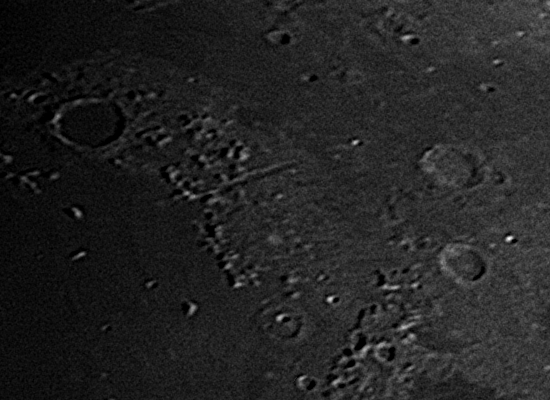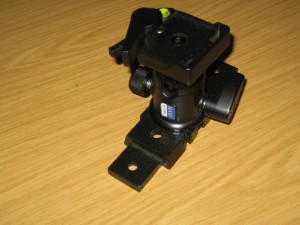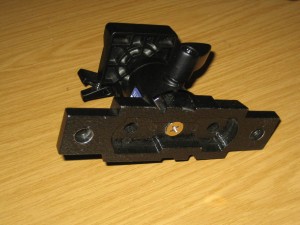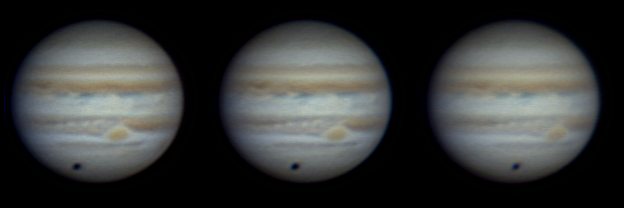I can’t claim not to have repeated this one a few times myself in the past, but I know better now and I’m seeing it regurgitated so often that it’s time to make a stand. Much of my knowledge of astronomy comes from books or the little people who live inside my computer and type all that information into my web browser. How they all fit in that little box on my desktop I’ll never know, but the problem is that sometimes they’re just wrong. This particular meme is one I picked up when I started imaging and caused me a great deal of confusion. I wish I’d never heard it and I’d like people to stop repeating it.
It is said that when “imaging with a webcam the image size is like that of a 6mm eyepiece”. People naturally extend this to calculate the magnification in an image. Seems a logical thing to do. But it is wrong. Not only wrong, but confusing and unhelpful and prevents people getting a better understanding of what they’re actually doing. I think the idea arose as an illustration of the field of view of a webcam as compared to an eyepiece, but is that a 6mm 100 degree field-of-view Ethos, or a 6mm 45 degree field-of-view BGO?
Let’s assume for the sake of argument that using a webcam in my telescope does give a specific magnification (focal length divided by 6mm). If that webcam has 5.6μm pixels I might eventually produce an image of Jupiter that is, for the sake of argument, 200 pixels across. Swapping the webcam for one with 3.75μm pixels but otherwise leaving the optical train alone, I can now get an image of Jupiter about 300 pixels across. What does it mean to say these two images have any given magnification? Display them on the screen and they’re different sizes. Display them on different size monitors with different resolutions and the 200 pixel wide one might appear larger than the 300 pixel wide one. Not only that, but magnification compared to what, exactly? To speak about magnification in such circumstances is utterly meaningless.
In a similar way to how we think about maps, what needs to be considered with imaging is scale and perhaps to a lesser extent when you’re talking to people about images though it’s important to the imager, resolution.
The image scale is dependent on the effective focal length of the optical train. Dividing the effective focal length (in millimetres, say) into 57.3, 3438 or 206265 gives you the number of degrees, arcminutes or arcseconds respectively of the sky that are represented per linear millimetre at the focal plane — where your camera sensor is. Just like the scale on a map tells you how much a distance on the ground relates to a specific distance on the map.
Resolution corresponds to how much detail there is on the map, but is a little more complex when it comes to imaging. There are two main factors affecting resolution when imaging. The first is aperture. The more aperture you have, the greater the resolution of the telescope. The second is the pixel size of the camera. The smaller the pixel size the smaller the details you can record with the camera. But there’s a balancing act to be done here. If the telescope can only resolve details down to a given size there’s no point having a camera that can resolve huge amounts more. And if the camera can only resolve details of a given size then it’s not going to resolve any more detail no matter what aperture scope you put it in. This isn’t the whole story. For a start the seeing limits the resolution too and our Swedish friend Mr Nyquist will want to jam his sampling theorem in the works, but for the our current purposes they’re not a major consideration. Resolution also depends on the wavelength of light being captured so that complicates things further.
So, if magnification is rubbish what can our new-found knowledge tell us that might be useful? Well, let’s say you’re just starting out imaging with a 127 Mak with a focal length of 1500mm and you’re not using a barlow. The camera is going straight in the back of the telescope. Dividing the focal length into 206265 (I like working in arcseconds for planetary imaging) tells us that there are 137.5 arcseconds of sky per millimetre of camera sensor. As I type, Jupiter is well on his way to a date with opposition and is probably about 45 arcseconds across, so the planet will appear about 1/3rd of a millimetre across on your camera sensor. It doesn’t matter which camera at the moment. That’s how big it will be.
If you’re using a camera with 5.6μm pixels that 1/3rd of a millimetre will be about 59 pixels. Jupiter is around 143,000km in diameter, so ignoring the curvature of the planet each pixel represents about 2,500km across the face of Jupiter. On the other hand, if your camera has 3.75μm pixels then the image will be about 87 pixels across and each one will correspond to just over 1,638km.
What’s more, this information allows you to display the image on a monitor or print it out on paper and you know know exactly what you’ve got. You can say to someone “One pixel in the image is X km”, or “One millimetre of that picture is Y km”. And it doesn’t matter how big or small the picture actually is.
So please, let’s forget this whole 6mm eyepiece thing right here right now. Never speak of it again. Or may all your future telescopes be liquidated Jessops stock.
The Meme Must Die.

